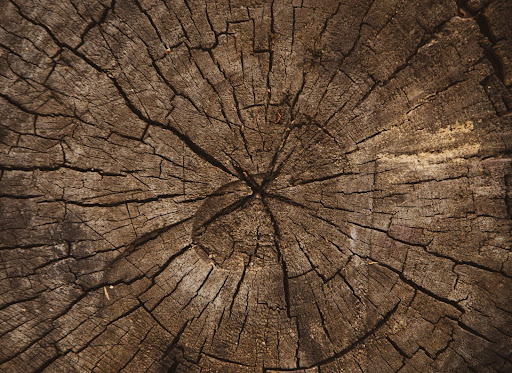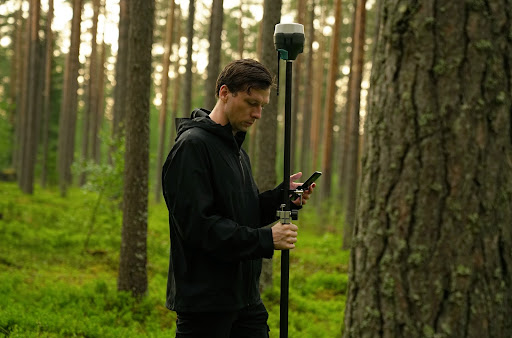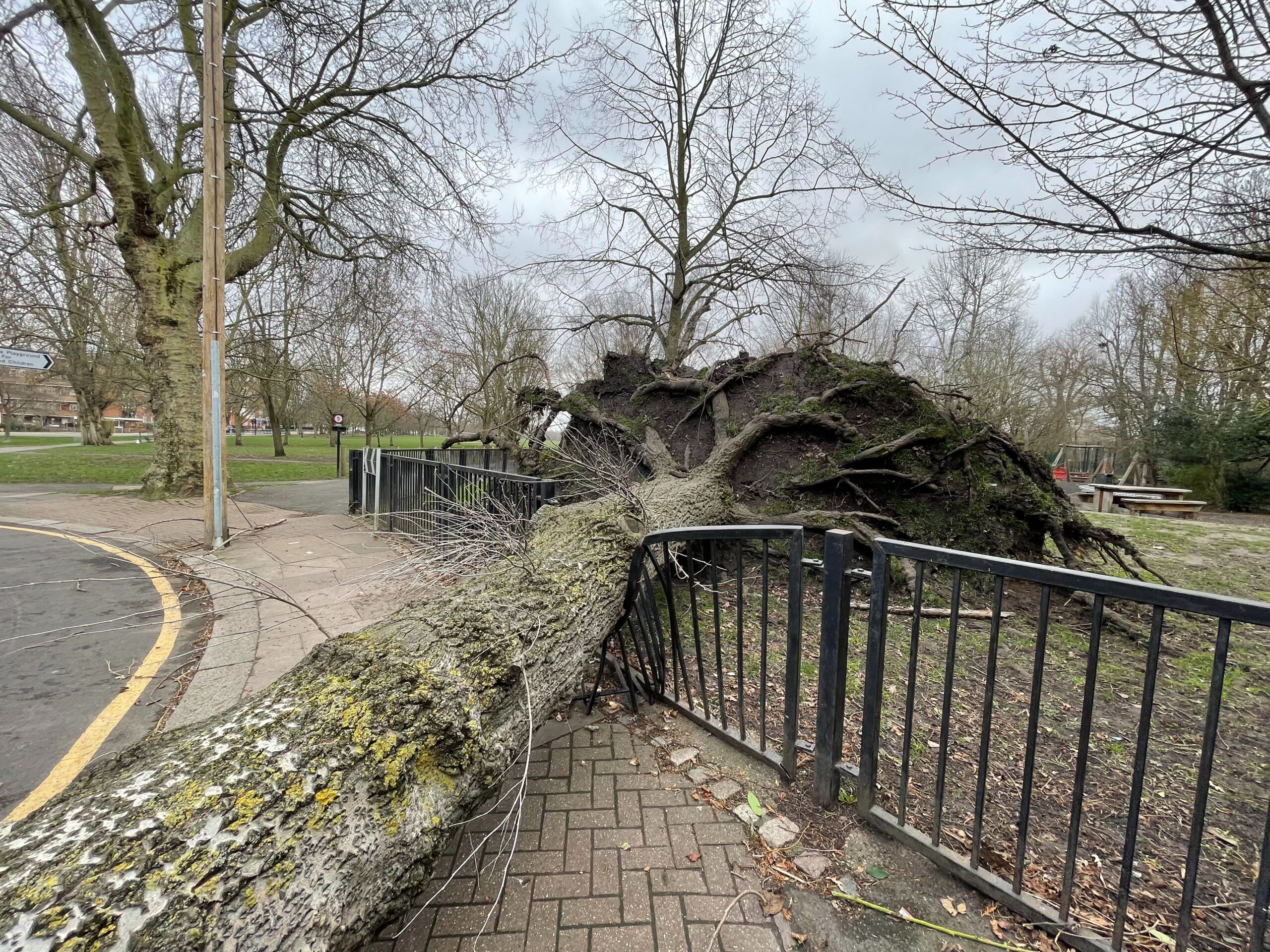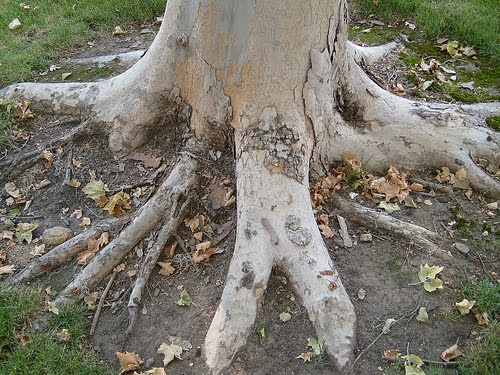
Date January 05, 2021
Category
Your trees have a few New Year’s resolutions, and they need your help to accomplish them. Trees give us shade in the summer, they add beauty and nuance to our landscaping, and they provide fruits and nuts for us and the neighborhood wildlife. They’re a vital part of our ecosystem, and in return, our trees need a little love and attention now and then. How else can they be expected to live their best lives in 2021? Here are some tips for how you can help your trees be the best versions of themselves this year.
Pruning and trimming
Tree pruning and trimming isn’t a one-and-done thing. Even healthy trees need routine pruning, and right now, it is a perfect time during the dormant season. Pruning affects which direction the tree grows and, as a result, can have a huge impact on the overall structural integrity of the tree. Keep in mind that less is more for tree pruning, so make sure you’re using proper pruning techniques or considering leaving it to the professionals. Bad pruning can have serious long-term effects on your trees. Speaking of bad pruning techniques, never top your trees. Aside from totally disfiguring the tree, the unfortunate habit of cutting the tops off trees can have detrimental effects on a tree’s overall health. Using good pruning and trimming techniques will make your trees stronger and healthier. It opens your trees up to the sunlight and proper air circulation, both of which help protect your trees against disease, fungus, and insect infestation.
Fertilization and soil maintenance
If you did a soil test and amended your soil before planting a tree on your property, you’ll need to do a soil test every year and re-amend the soil based on the results. It’s also best to do a soil test before adding compost or fertilizer to your soil because it can overload or causes an imbalance of nutrients in your soil. A soil test can tell you the number of things like nutrients, organic matter, and the acidity levels in your soil. It will help you determine what, if anything, you need to add. Contact your local Cooperative Extension Services for instructions on how to collect soil samples. Depending on your results, you can amend your soil with compost or fertilizer. If you will be planting new trees this year, amend your soil as early as possible so that it has time to mix and meld with the soil before you introduce new trees.
Mulching
Mulching offers different benefits to your tree than fertilizer, although like fertilizer, it can add nutrients and other elements to the soil. Before you use a mulch that is heavy in nutrients and meant to act as a fertilizer, consider a soil test. However, even if you don’t need to fertilize your soil, you should consider using a mulch layer around your trees. Mulch helps your soil retain moisture and nutrients, making the soil rich and easier for your trees to grow. It also tamps down on weeds and grass’s growth, meaning less time and work digging up weeds. Lastly, mulch regulates the soil’s temperature, keeping them warm during the winter months and cooler during the summer months. This is especially important for young trees and can be a huge boost in furthering their survival chances.
Watering throughout the year
Trees need to get enough water throughout the year, especially during hot, dry summer months, as we experience in North Texas. Trees use water for photosynthesis, so drought conditions can be detrimental to their health, making them susceptible to pests and diseases, among other issues. When a tree is desperate for water, its leaves will curl and begin to fall. Please don’t wait until that happens to water your trees. Be proactive and come up with a supplemental watering plan for 2021 that’s right for your soil. Your trees will thank you.
The first step in creating a supplemental water plan is knowing the makeup of your soil. You’ll need to water less often for clay-heavy soils and more often for sandy soils. Your need for supplemental watering will also depend on the time of year. Your trees might not need supplemental watering at all during the spring, but they most likely will during the summer. Trees still need water even when they are dormant during the fall and winter, but only water your trees when the ground is dry. Since you probably don’t have tools to help you measure the soil moisture, you should note the rains and other precipitation events and make a habit of checking your soil. If the ground is wet or moist, skip the supplemental watering. In the summer, when hot temperatures stress your trees during the day, it’s best to water in the evening or at night. That’s when trees have a chance to replenish their moisture. It’s also the time when water is least likely to evaporate. The best watering method is to use a soaker hose or drip irrigation. Don’t focus the water on the tree’s base as it could cause root disease and other issues. Rather you should water your trees below the crown and extend to a few feet beyond the dripline.
TreeNewal is here for you.
Tree care can be work, but the payoff is well worth it. The good news is that you don’t have to be an expert because that’s why we’re here. Our ISA Certified Arborists are always available to answer questions, and we’re happy to make house calls to assess your concerns. We specialize in tree nutrition, tree pruning, root aeration, insect management, disease, and fungus management. Give us a call at tel:(817) 592-6846 if your trees could use assistance in any of those areas.
To learn more about Planning Your Yearly Tree Maintenance, call our Argyle and Southlake based teams
at tel:(817) 592-6846 or send us a message.
We’re a little different than the average tree services company.
Learn more about TreeNewal’s ISA Certified Arborists!
Our Dallas/Fort Worth-based tree doctors can explain how sustainable tree care services add more value to your bottom line.
Healthy trees, healthy lives.








